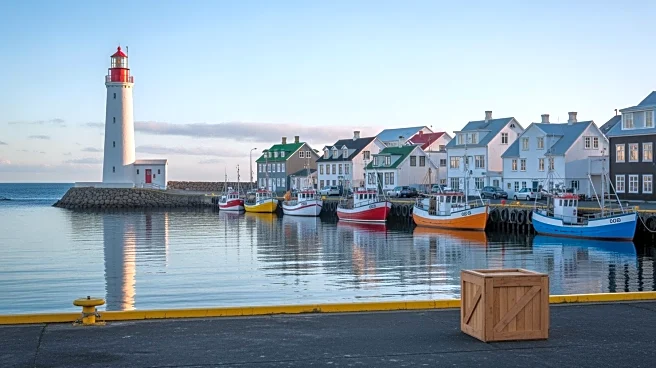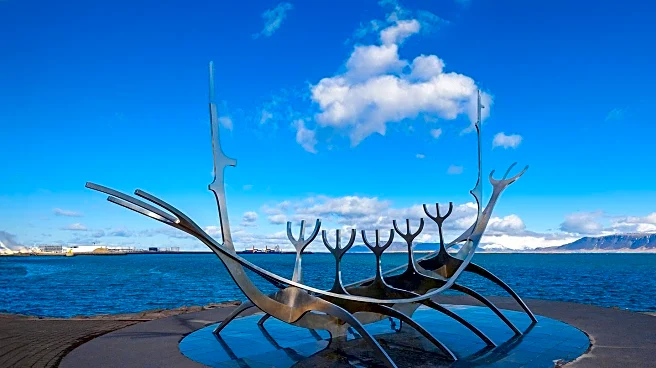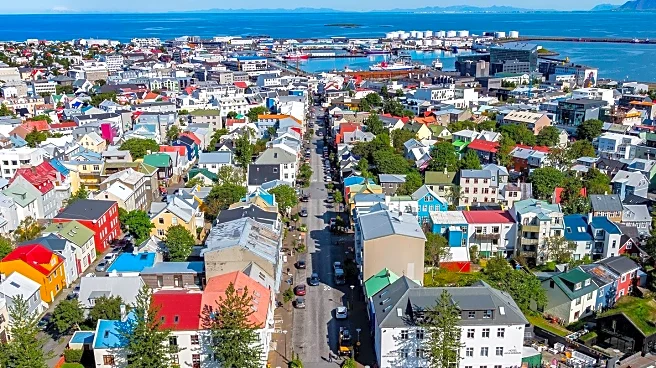What's Happening?
Iceland has introduced a new infrastructure fee for cruise-ship passengers, which is causing concern among coastal towns and tourism operators. The fee, set at ISK 2,500 (approximately USD 18) per passenger for each
24-hour period spent in Icelandic ports, has been in effect since January 1, 2025. This new tax has led to a significant decline in bookings for future port calls, with some rural areas experiencing a drop of 50% or more through 2027. Smaller ports, which rely heavily on cruise visitors for local economic activity, are warning that this could result in fewer tourists, reduced spending in local businesses, and increased economic vulnerability. The Icelandic government has framed the fee as part of a broader sustainability strategy, aiming to channel revenue into infrastructure and environmental programs.
Why It's Important?
The introduction of this tax is significant as it could reshape the cruise industry in Iceland, particularly affecting smaller communities that depend on tourism. While the government aims to ensure that tourism growth contributes to sustainability, the economic impact on local businesses and communities could be substantial. If cruise lines decide to bypass Iceland or skip smaller ports, it could lead to a decrease in tourism-related revenue, affecting jobs and local economies. The balance between environmental goals and economic resilience is crucial, and how Iceland manages this will be closely watched by other countries considering similar measures.
What's Next?
The foreseeable consequences include potential adjustments by cruise lines, which may choose to alter their itineraries to avoid the additional costs. This could lead to a concentration of cruise activity in larger ports like Reykjavik, further impacting smaller communities. Stakeholders, including local businesses and tourism operators, may lobby for changes or exemptions to the tax to mitigate its impact. The government may also need to provide more transparency on how the collected fees are used to address concerns and justify the tax's sustainability goals.











